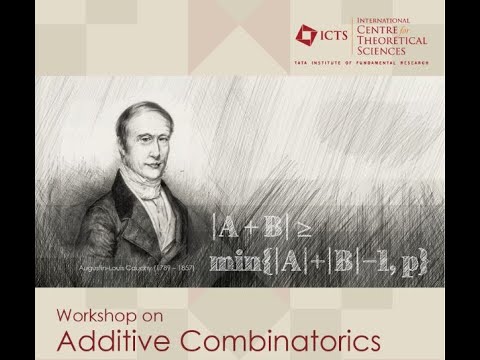Description:
Explore the foundations of additive number theory in this comprehensive lecture on extremal problems and the combinatorics of sumsets. Delve into key concepts such as sumsets in groups, density of sets, and lower bounds for sums of finite sets. Learn about important theorems like Cauchy-Davenport and Dias da Silva-Hamidoune, and their proofs using the polynomial method. Investigate extremal properties of additive bases, including the Erdos-Turan conjecture, thin bases, and minimal asymptotic bases. Gain insights into the interconnections between combinatorics, number theory, and group theory through this in-depth exploration of additive combinatorics.

Additive Number Theory - Extremal Problems and the Combinatorics of Sumsets by M. Nathanson
Add to list